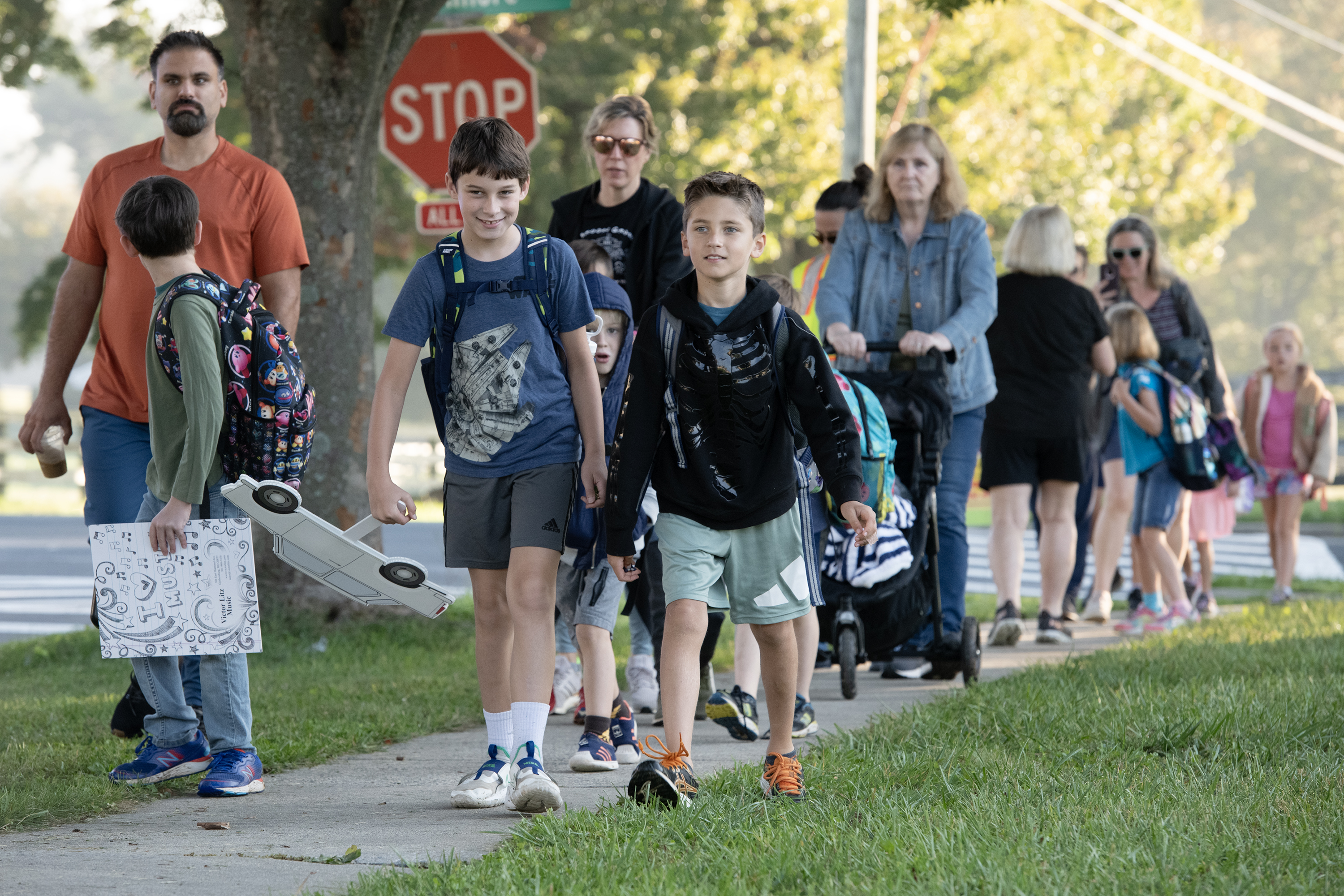Daylight Saving Time, Get Ready for Shorter Days
Posted On January 01, 0001
1618 Views

On Sunday, Nov. 5, our clocks will roll back one hour at 2 a.m marking the end of Daylight Saving Time. With days growing shorter, students and families should be mindful of extra safety measures while traveling to and from school. The time change can also affect our health through disruptions to sleep. This is a good time to review good sleep hygiene and how to prepare for the time change
If you’re driving …
- Slow down and obey the speed limit.
- Stop for pedestrians at crosswalks.
- Be careful when passing buses or stopped vehicles.
- When turning, yield to people walking and biking.
If you’re walking
- Always cross the street at the corner and use marked crosswalks when they’re available.
- Use the pushbuttons to request a signal change.
- Wait for the walk signal to cross the street.
- Watch for turning vehicles.
If you’re biking …
- Obey signs and signals.
- Never ride against traffic.
- Ride in a straight line at least 3 feet from parked cars.
- Use hand signals to tell drivers what you intend to do.
- Use lights at night and when visibility is poor.
Adjusting to the time change…
- For younger children or people with established sleep routines, the time change may cause problems with waking up too early.
- Before the time change, make a small shift to move dinner and bedtime later. If you or your child sleeps from 9 p.m.- 6 a.m., shift the schedule from 9:30 p.m. -6:30 a.m. for three days before the time change, then go back to 9 p.m.-6 a.m.
- To shift a schedule after the time change, adjust to an earlier clock time starting Sunday night. Shift to 8:30 p.m.- 5:30 a.m. for three days if starting after the time change, then shift back to 9 p.m. - 6 a.m.
